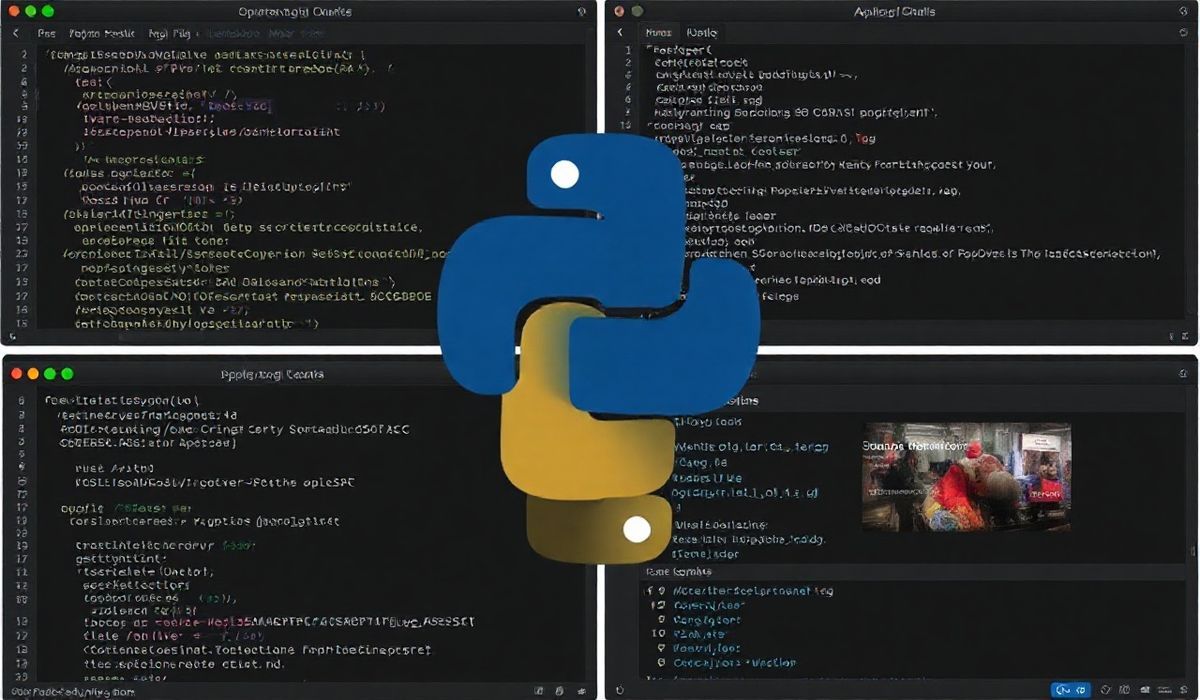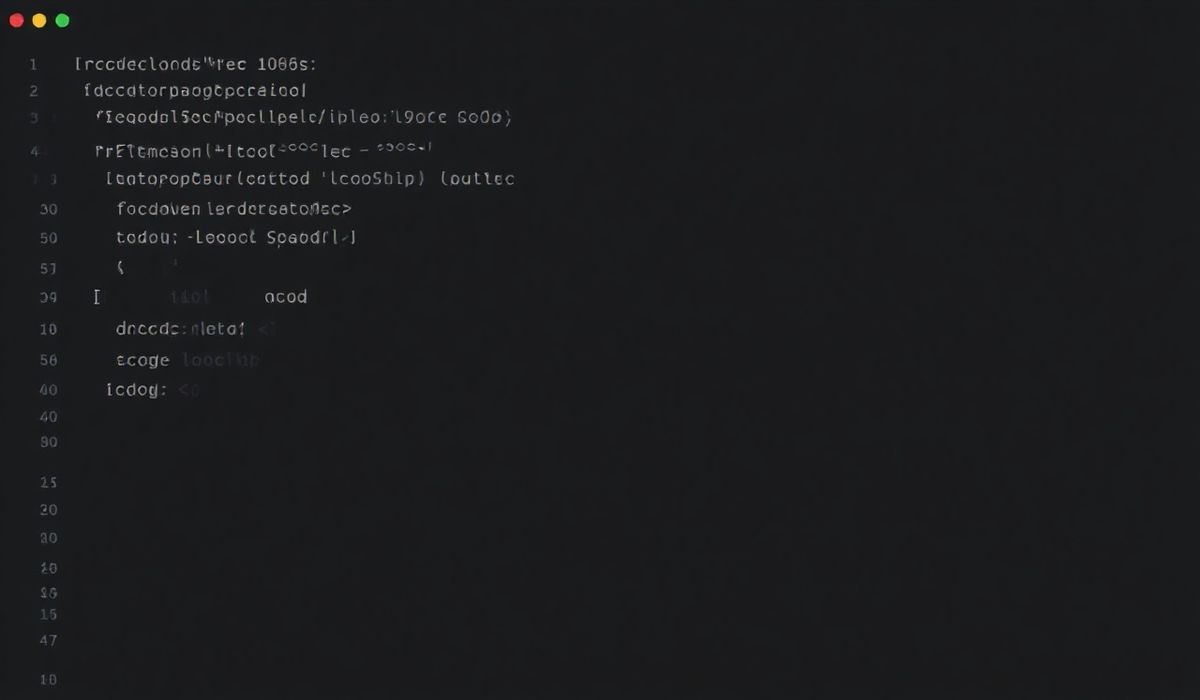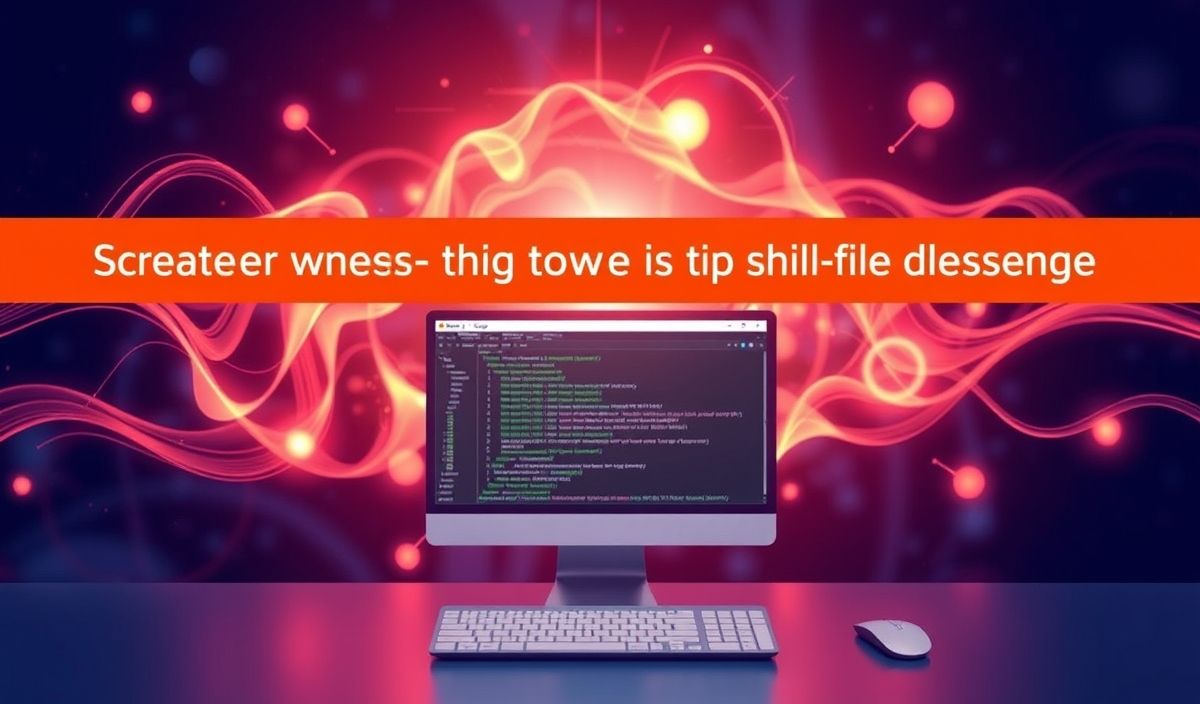QtPy: Your Gateway to Python GUI Development
QtPy (short for Qt for Python) is a unified abstraction layer for different Qt bindings such as PyQt5, PyQt6, PySide2, and PySide6. It provides a layer of flexibility that makes it seamless to switch between different underlying Qt bindings while preserving the same API. By adhering to QtPy, developers can simplify their codebases and make the code agnostic of a specific Qt flavor, which can be hugely beneficial in cross-platform GUI development projects.
Why Use QtPy?
- Provides a consistent API that simplifies switching between Qt bindings.
- Enables PyQt and PySide compatibility under a single interface.
- Streamlined development for cross-platform GUI applications in Python.
Getting Started with QtPy
To install qtpy, simply use pip:
pip install qtpy
Ensure that you have one of the supported Qt bindings (PyQt5, PyQt6, PySide2, or PySide6) installed in your environment.
Key Features and APIs with Examples
Here are dozens of useful features and APIs provided by QtPy, along with code snippets to illustrate their usage:
1. Importing Common Modules
QtPy provides compatibility for commonly used Qt modules such as QtCore, QtGui, and QtWidgets. Here’s how to import them:
from qtpy.QtCore import Qt, QTimer from qtpy.QtGui import QFont, QColor from qtpy.QtWidgets import QApplication, QMainWindow, QPushButton, QVBoxLayout, QWidget
2. Creating a Basic Window
Create a simple GUI window easily:
app = QApplication([])
window = QMainWindow()
window.setWindowTitle("QtPy Basic Window")
window.resize(400, 300)
window.show()
app.exec_()
3. Signals and Slots
Qt’s powerful signal-slot mechanism is easily accessible via QtPy:
from qtpy.QtCore import Signal, QObject
class Communicator(QObject):
my_signal = Signal(str)
def print_message(msg):
print("Received message: ", msg)
communicator = Communicator()
communicator.my_signal.connect(print_message)
communicator.my_signal.emit("Hello from QtPy!")
4. Timer Functionality
Use QTimer to create periodic events:
timer = QTimer()
timer.timeout.connect(lambda: print("Timer ticked!"))
timer.start(1000) # 1-second interval
5. Laying Out Widgets
Design layouts for effective GUI management:
class MainWindow(QMainWindow):
def __init__(self):
super().__init__()
self.setWindowTitle("QtPy Layout Example")
main_widget = QWidget()
layout = QVBoxLayout()
button1 = QPushButton("Button 1")
button2 = QPushButton("Button 2")
layout.addWidget(button1)
layout.addWidget(button2)
main_widget.setLayout(layout)
self.setCentralWidget(main_widget)
app = QApplication([])
window = MainWindow()
window.show()
app.exec_()
Complete App Example Integrating Multiple APIs
Here’s an example of a complete application that integrates many functionalities provided by QtPy:
from qtpy.QtCore import QTimer
from qtpy.QtWidgets import QApplication, QMainWindow, QPushButton, QVBoxLayout, QLabel, QWidget
class App(QMainWindow):
def __init__(self):
super().__init__()
self.setWindowTitle("Complete QtPy App Example")
self.counter = 0
# Central Widget
self.main_widget = QWidget()
self.layout = QVBoxLayout()
# Label
self.label = QLabel("Counter: 0")
self.layout.addWidget(self.label)
# Button
self.button = QPushButton("Start Counter")
self.button.clicked.connect(self.start_counter)
self.layout.addWidget(self.button)
self.main_widget.setLayout(self.layout)
self.setCentralWidget(self.main_widget)
# Timer
self.timer = QTimer()
self.timer.timeout.connect(self.update_counter)
def start_counter(self):
self.timer.start(1000) # Update every second
def update_counter(self):
self.counter += 1
self.label.setText(f"Counter: {self.counter}")
app = QApplication([])
window = App()
window.show()
app.exec_()
Conclusion
QtPy simplifies PyQt and PySide development and allows you to focus on crafting better user interfaces for your Python applications. With its abstraction layer, your code becomes reusable, manageable, and easy to adapt across bindings. Whether you’re working on a basic app or a full-fledged GUI application, QtPy makes the development process accessible and enjoyable.




